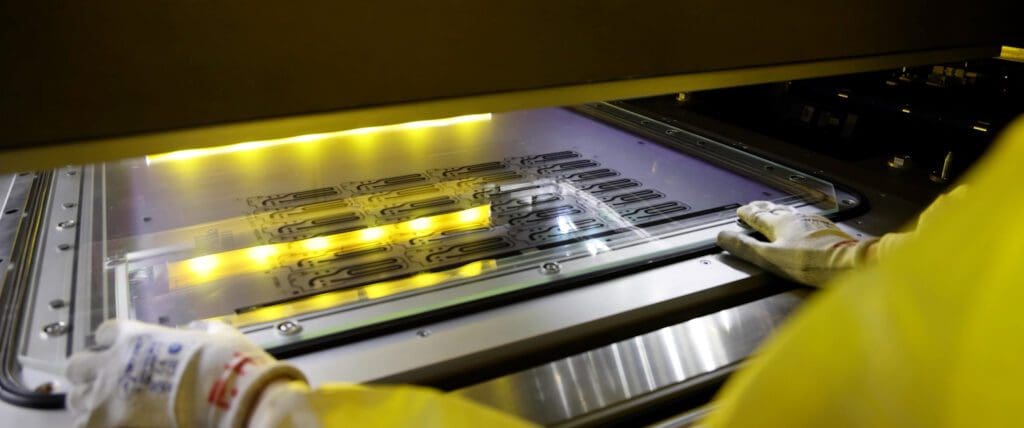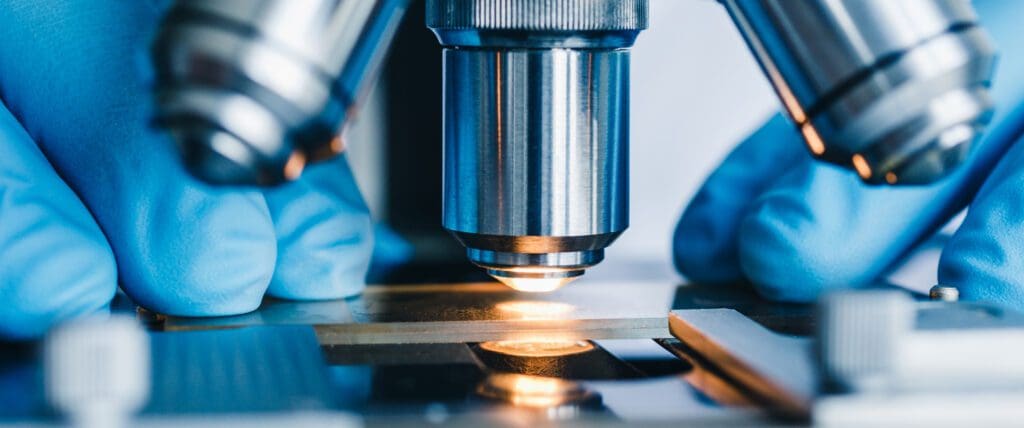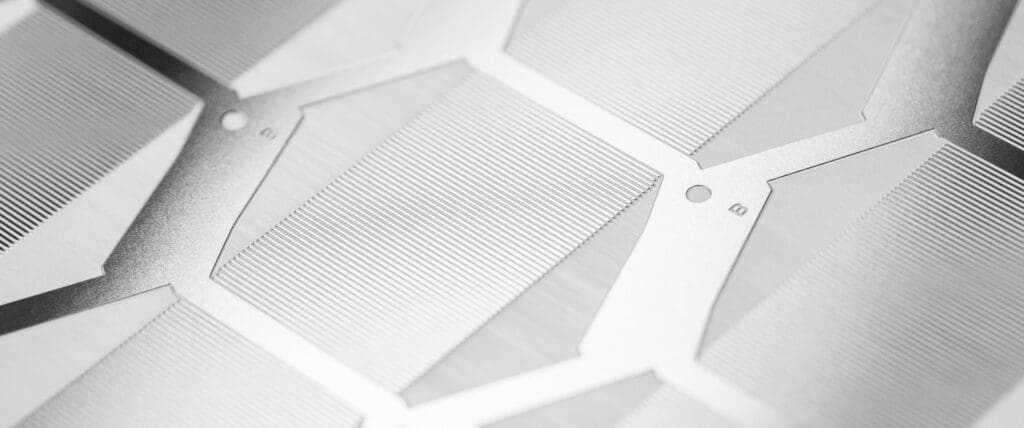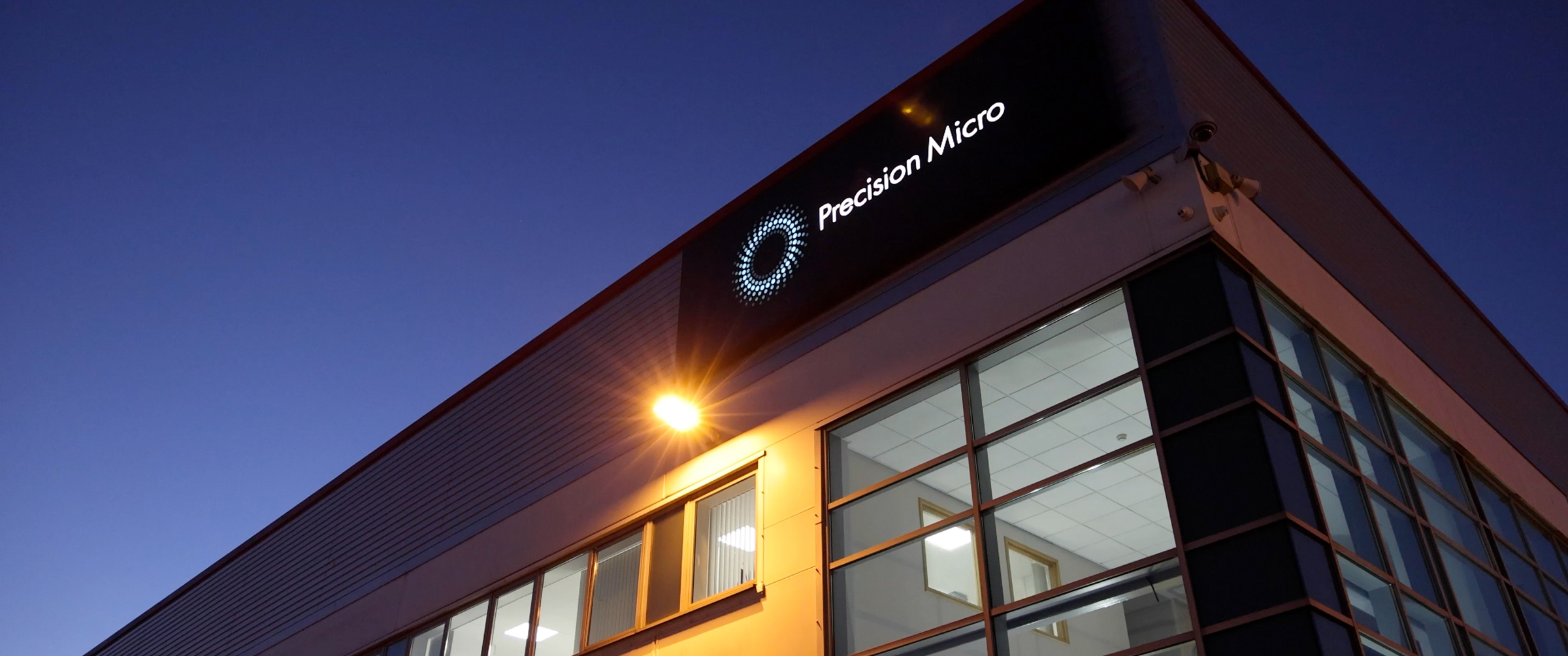From concept to component: How photochemical etching is reshaping metalworking
In the continually evolving field of engineering, the lesser-known technology of photochemical etching is fast gaining popularity as a sheet metalworking process. As the demand for precision metal components increases, the benefits offered by chemical etching are becoming increasingly apparent.
This article explores the factors driving the growing popularity of chemical etching and the advantages it provides engineers in enhancing the production of precision metal components across a range of industries.
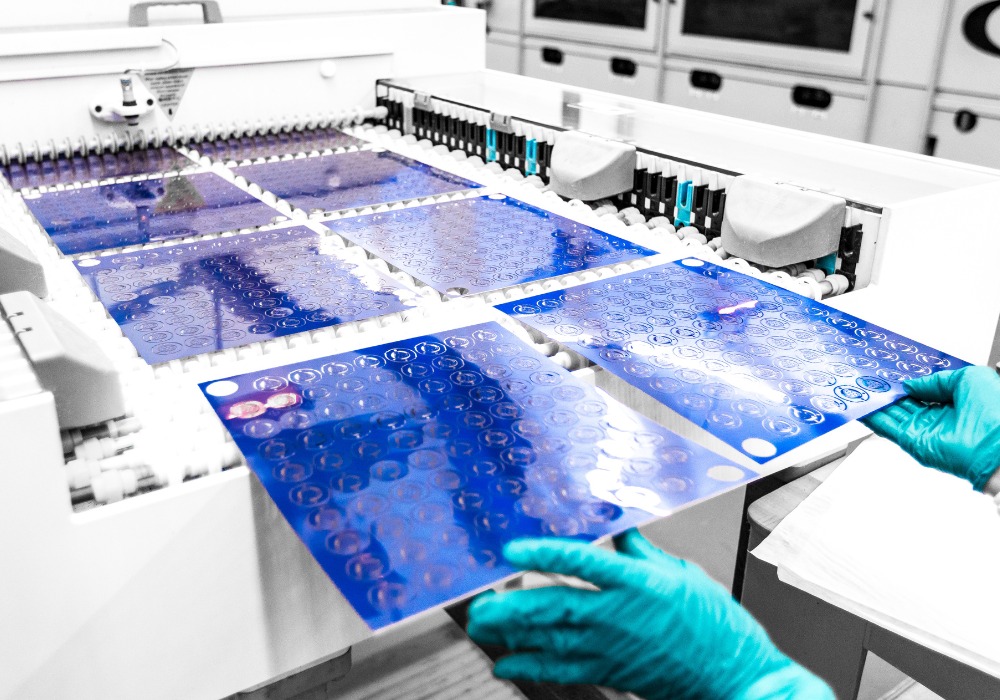
The photochemical etching process
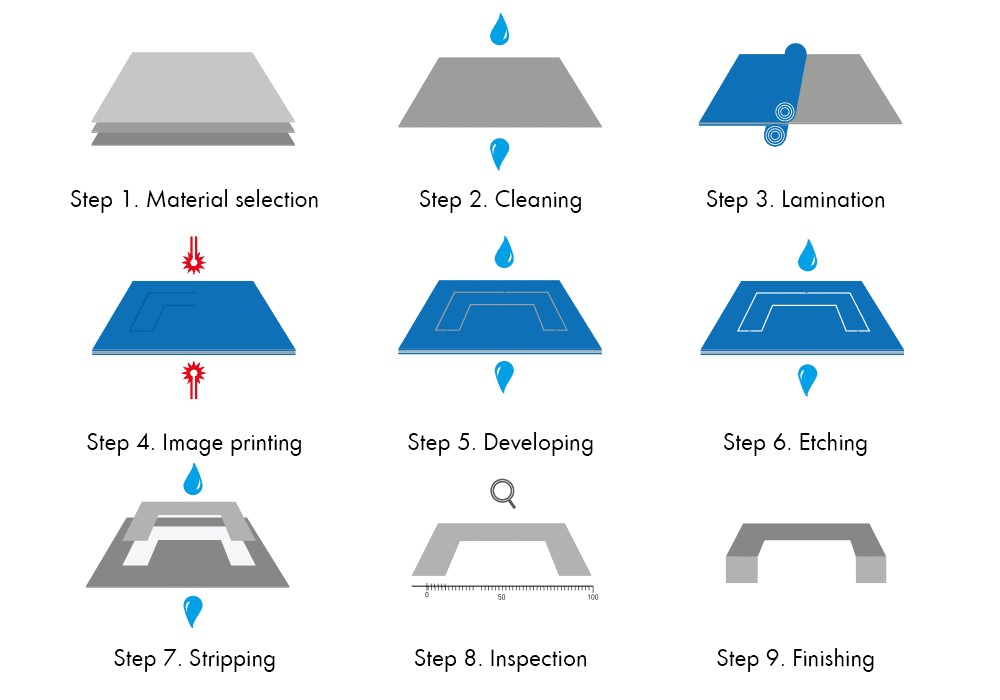
Photochemical etching, also known as metal etching, chemical milling or photo etching is a subtractive machining process. It involves applying a photoresist material onto a metal sheet that undergoes a controlled chemical reaction when exposed to UV light, hardening the photoresist, and generating the desired design. The exposed, non-printed photoresist areas leave the metal surface exposed, allowing them to be selectively etched away through a controlled chemical reaction, resulting in the production of the desired intricate metal component.
Chemical etching has witnessed substantial growth in recent years and is emerging as a preferred manufacturing process across diverse industries. Unlike traditional machining methods such as stamping and laser cutting, chemical etching offers distinct advantages for engineers by effectively overcoming challenges commonly associated with these conventional techniques.
Chemical etching applications across industries
Chemical etching stands as a versatile manufacturing process, producing components for applications across various industries. Its capability to generate unique, custom parts has driven its adoption across these sectors. Spanning from automotive and medical industries, where intricate and miniature devices hold life-saving potential, its adaptability offers engineers unique advantages. This enables engineers to efficiently manufacture components tailored to specific requirements, setting it apart from methods like stamping and laser cutting.
Precision, complexity & miniaturisation
Engineers can expect unparalleled precision and accuracy when using photochemical etching to produce intricate metal components. The controlled chemical process enables the production of complex profiles by achieving accuracies as tight as ±0.020mm, ensuring optimal part performance. Moreover, as the demand for miniaturised components increases, particularly in industries like electronics, the capabilities of chemical etching become increasingly crucial for producing these applications.
Additionally, the non-contact, non-thermal nature of the etching process eliminates the potential for material distortion, a common challenge faced in traditional machining methods that often result in burrs and stresses. By overcoming these limitations, chemical etching not only enhances the overall precision of components but also contributes to the production of high-quality parts.
Reduced cost & lead times
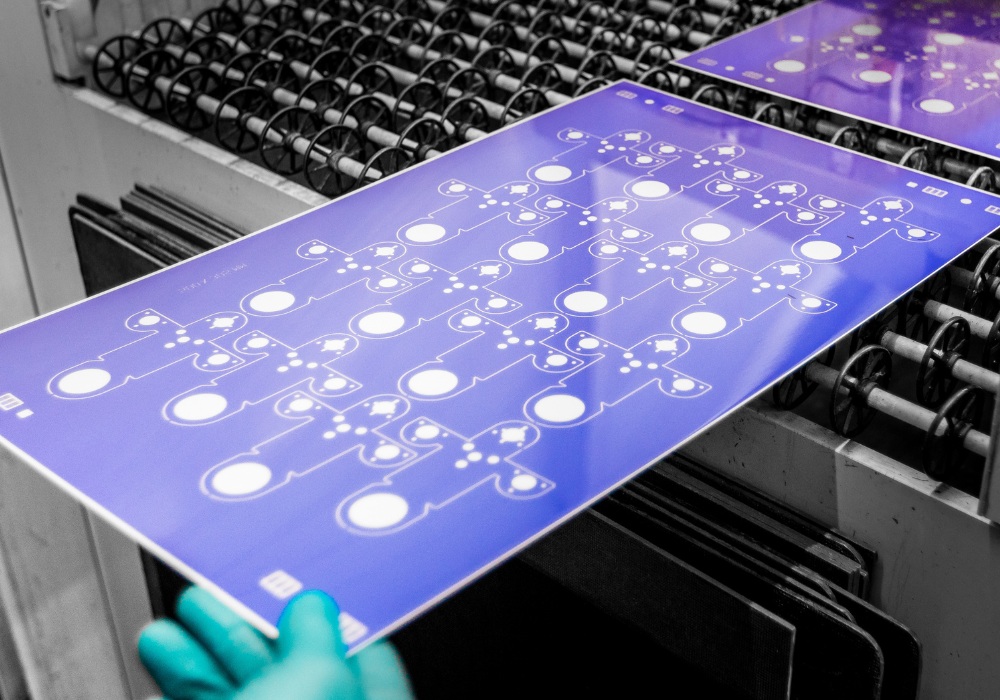
The advantages of cost-saving benefits become evident when leveraging chemical etching and digital tooling. Digital tooling eliminates the need for expensive hard tooling, offering engineers an economical production process. Furthermore, unlike hard tooling like specialised dies used in stamping, developed photo tools are wear resistant and do not require consistent costly maintenance to maintain efficiency.
Moreover, digital tooling enhances the efficiency of tooling creation, streamlining any necessary design adjustments, playing a crucial role in reducing both tooling and prototyping lead times, ultimately improving the time-to-market for components, with no additional cost penalty.
Material versatility
The chemical etching process is a versatile metalworking method capable of accommodating various materials, thicknesses and sizes. With the capacity to work with over 2,000 material types, it provides engineers with an extensive spectrum of options.
In addition, it showcases remarkable flexibility by effectively handling metal thicknesses ranging from 0.01mm to 2.5mm. Furthermore, the process can handle sheet sizes of up to 1500mm x 600mm, providing ample room for designing and creating metal components.
Unlike etching, conventional machining methods like stamping and laser cutting face limitations related to material thickness. Stamping faces limitations when handling thin materials, risking deformation, and thick materials may require substantial force, leading to the potential of tooling wear and burring. Laser cutting also faces challenges with excessive thickness due to limitations in power and speed, potentially causing thermal stress.
Supporting next-gen technologies
As global organisations shift away from fossil fuels, there is a growing demand for advanced products and applications used in sustainability projects. Photochemical etching plays a crucial role in advancing the production of next-gen technologies, particularly in electric and hydrogen-powered vehicles and clean power generation, specialising in the production of motor laminations, battery interconnects, bipolar plates and printed circuit heat exchangers (PCHEs).
In addition to delivering burr and stress-free components through a faster and more cost-effective process, the primary advantage photochemical etching offers in the production of these applications lies in its seamless integration with alternate processes such as forming, coating or diffusion bonding, a technology used in flow plate manufacture that allows for the creation of microchannels within a solid block of metal, ultimately enhancing fluid flow and heat transfer. As the demand for next-gen energy technologies grows, chemical etching continues to emerge as the enabling solution versus traditional machining methods.
Conclusion
The growing popularity of chemical etching arises from the distinctive benefits it provides engineers for precision metal component production. From offering unparalleled precision and flexibility to overcoming the limitations of traditional machining methods and enhancing overall part quality, chemical etching emerges as a cutting-edge solution for modern manufacturing needs. Additionally, its cost-saving benefits, reduced lead times and versatility establish the process as an efficient manufacturing solution to conventional machining techniques.
Chemical Etching Whitepaper
Learn how chemical etching can overcome the limitations of traditional sheet metal machining technologies.
Download